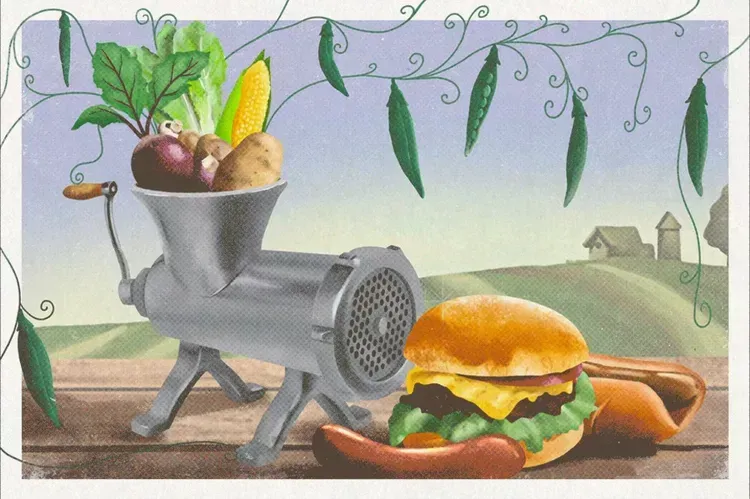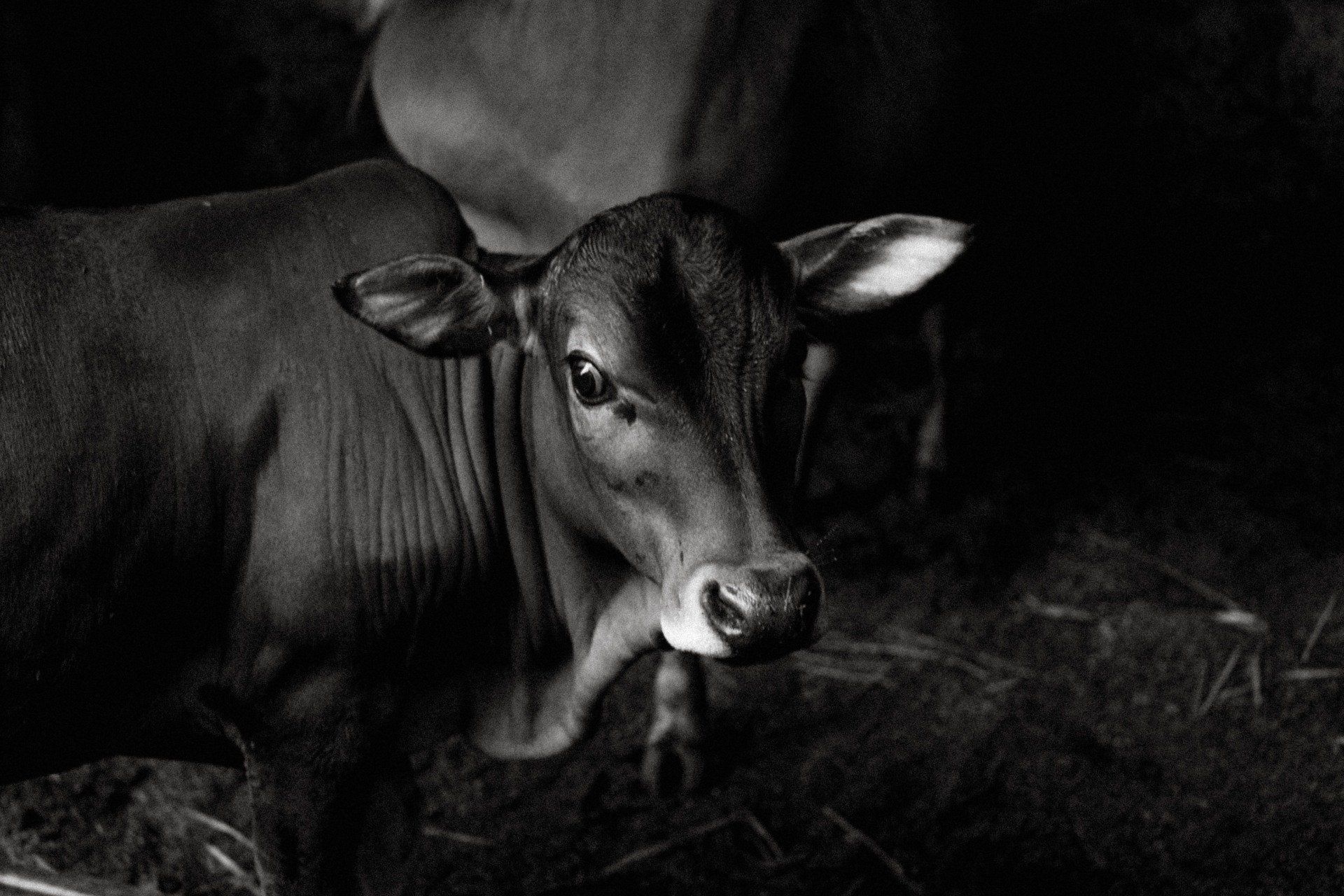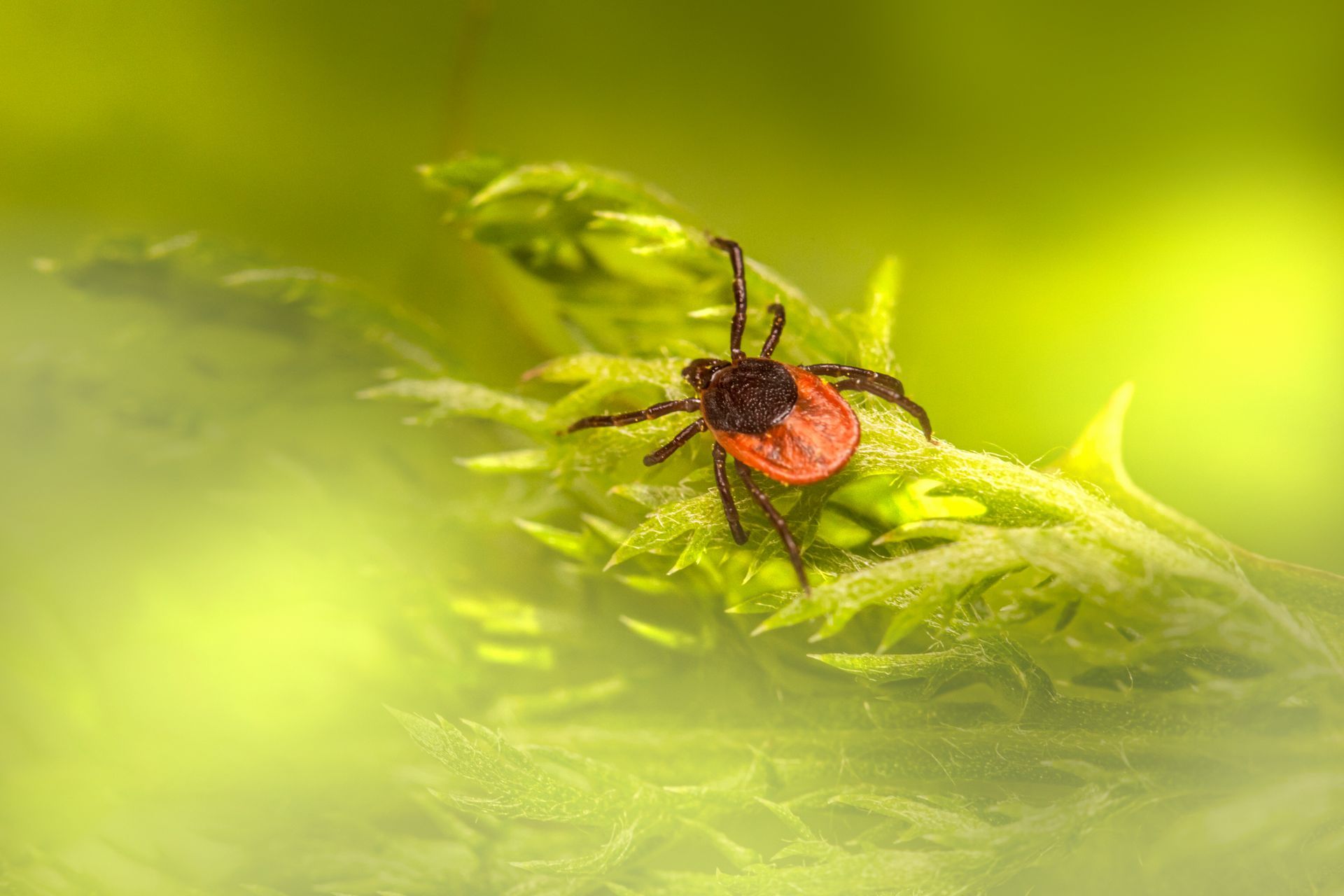$26B in COVID-19 Pandemic Relief Slated for Agriculture Sector

by EMILY ASHCRAFT - LAWSTREETMEDIA.COM
According to a report from the House Agriculture Committee, $26 billion was allotted for agriculture programs through a COVID-19 pandemic relief package agreed upon by Congressional leadership late Sunday. The committee said that half of the funds it receives will go towards providing nutrition assistance, specifically increasing the Supplemental Nutrition Assistance Program benefit by 15 percent, and the other half will go to agricultural assistance programs, including $300 million which will be given to the Commerce Department for use in aiding fisheries.
The report detailed where each section of the funds allotted for agriculture would be sent, and which department would oversee the funding. The House Agriculture Committee Chairman, Rep. Collin C. Peterson (D-Minn) said in a press release that the aid will also help those in the agriculture sector who were not included in earlier assistance programs, like the Coronavirus Food Assistance Program (CFAP). This will include contract livestock and poultry growers, livestock and poultry producers who depopulated herds due to the supply chain issues stemming from the pandemic, and ethanol producers based on a decrease in demand.
“The effects of this pandemic are still being seen all along the food supply chain,” Peterson said in the press release. “Folks are still struggling to get enough to eat, and farmers are still reeling from disruptions to the marketplace. This bill isn’t perfect, but it reflects a compromise and goes a long way toward getting us through this hard time and back to normal. I urge my colleagues to support it.”
The bill would also provide grants to state departments to run farm stress programs and other animal health work. Funding is allocated for dairy farmers and for smaller livestock processors to allow them to obtain the permits necessary to increase their production.
Over $11 billion will reportedly go to the Office of the Secretary to provide support for agricultural producers, including growers and processors. Among other things, these funds will supplement the CFAP and make more payments available, help with crop insurance programs, purchase food and agricultural products, make loans, and conduct a review of impacts on agricultural producers from the COVID-19 pandemic.
You might also like
Jaynie Norman


